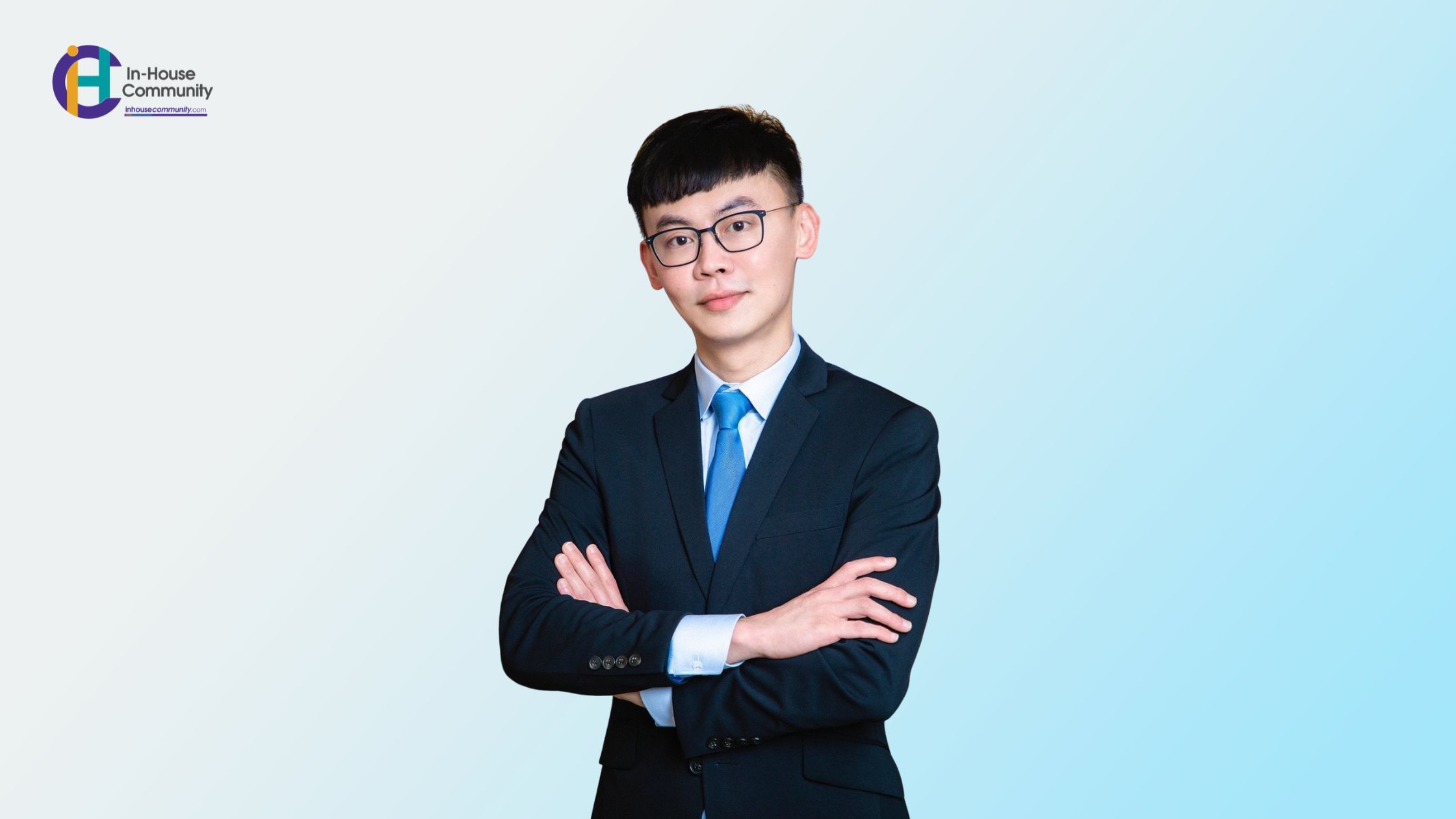November 10, 2023
Global M&A activity has slowed significantly – the total value of M&A fell to US$732.82 billion in the second quarter of 2023, from $1.14 trillion in the second quarter of 2022 according to Dealogic data as of June 29 20231. While there have been fewer ‘marriages’ in the past year, we are seeing an uptick in acrimony and ‘divorces’. By that, we mean M&A related disputes in the context of both ongoing M&A activity and deals that have been completed in recent years. This growth appears to have been prompted by the economic headwinds that have seen all businesses suffer. These include record levels of inflation and high interest rates, coupled with a slower than expected economic recovery by the second largest economy in the world, China, and the continuing conflict in Ukraine. Therefore, obtaining maximum value from M&A ongoing and past activity has never been more important. This article explores three scenarios in M&A disputes that have come to the fore in recent times, highlighting their implications and possible mitigating measures for businesses and their inhouse lawyers. Material Adverse Change (mac) And Conditionality Related Disputes MAC clauses provide a contractual mechanism that may allow the buyer to terminate the acquisition agreement and withdraw from the transaction if, before completion, certain events occur which negatively impact the target company’s value or operations. MAC clauses provide a means for allocating risk between the parties before completion – essentially providing an exit route for buyers in certain, limited, circumstances. Other conditions precedent for the completion of a transaction are also often necessary for regulatory or commercial reasons. The present global environment... November 28, 2022
From London and The Hague, to Singapore and Hong Kong – Liu leverages on his international experience as he forges a new path as independent arbitrator 1. Can you please share with us a little of your background prior to joining the Hong Kong International Arbitration Centre (HKIAC), and what your time spent there was like? I started my career at the Singapore International Arbitration Centre. I then did two internships at the High Court of Hong Kong and the Permanent Court of Arbitration in The Hague. After completing the internships, I joined Allen & Overy (A&O)’s Hong Kong office as part of their Global Arbitration Group. During my time at A&O, I was appointed as a member of the HKIAC Rules Revision Committee which was tasked for with drafting the 2013 HKIAC Administered Arbitration Rules. With that experience, I joined the HKIAC in 2014 and began my eight years of journey at the institution. I had a hand in many aspects of HKIAC’s operations including case management supervision, rules drafting, corporate governance and business development. There was no fixed description of my role at the HKIAC and my work every day was different and interesting. I spearheaded many of the HKIAC’s initiatives and drafted some of their practice notes and guidelines. It was an invaluable opportunity to gain insights on the institution’s internal management and practice and to work with many talented people. 2. What prompted your recent move to being an independent arbitrator and how have you found the transition thus far? Can you tell us a little about your new practice? Having worked in private practice and... Upcoming Events
Recent Past Events












